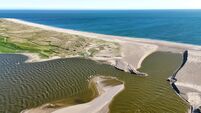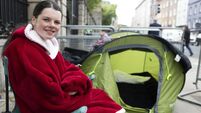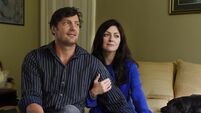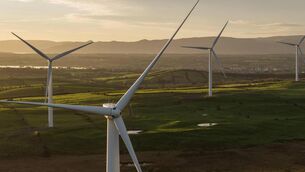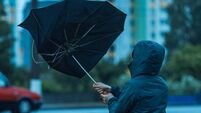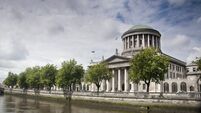Niall Hatch: Ireland’s birds are faring worse than ever before
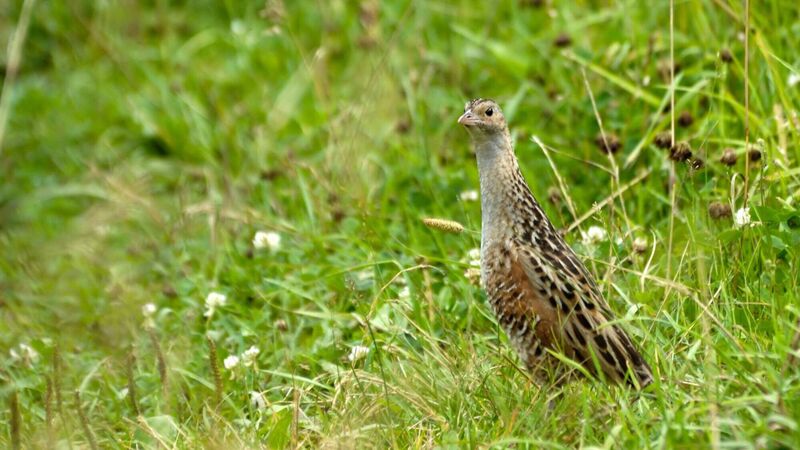
Many breeding birds of farmland and bog habitats are faring very poorly indeed. Almost 40% of the red-listed breeding birds are associated with farmland, including corncrake (pictured), curlew, lapwing, barn owl, stock dove and grey partridge.
The publication this week of a report assessing the status of Ireland’s bird species has brought into sharp focus just how dire the state of nature here has become.
Produced jointly by leading conservation NGOs BirdWatch Ireland in the Republic and the Royal Society for the Protection of Birds in the North, and assessing bird populations on an all-Ireland basis, it makes for stark and shocking reading.




